Our mission is Together, we look forward to mutual growth and a bright future of cooperation!
Contact us for more sample, According to your needs, customize for you.
inquiry nowADSS Fiber Optic Cable Specifications
The specifications of ADSS (All-Dielectric Self-Supporting) fiber optic cables can vary depending on factors such as the intended application, environmental conditions, and specific requirements of the project. However, here are some common specifications you might encounter:

Fiber Count: ADSS fiber optic cable can have various fiber counts, ranging from a few fibers to hundreds of fibers, depending on the capacity needed for data transmission.
Fiber Type: The type of optical fibers used in the cable, such as single-mode or multimode fibers, can impact its performance and suitability for different applications.
Cable Diameter: The overall diameter of the ADSS fiber optic cable, including the outer sheath, can vary based on the number of fibers and the design of the cable. Common diameters range from a few millimeters to several centimeters.
Tensile Strength: ADSS fiber optic cable are designed to be self-supporting and must withstand the tensile forces exerted during installation and throughout their service life. Tensile strength specifications indicate the maximum force the cable can endure without breaking.
Crush Resistance: The cable's ability to withstand crushing forces, such as those from ice buildup or compression during installation, is an important specification, especially for cables installed in harsh environments.
Temperature Rating: ADSS fiber optic cable are designed to operate within a specific temperature range without degradation in performance. Temperature ratings typically include both operating temperature and installation temperature limits.
UV Resistance: Since ADSS fiber optic cable are often installed in outdoor environments where they are exposed to sunlight, UV resistance is important to prevent degradation of the cable's materials over time.
Bend Radius: Specifications for minimum bend radius indicate the tightest curve the cable can be bent around without risking damage to the fibers or other components.
Water Ingress Protection: Specifications related to water ingress protection detail the cable's ability to resist moisture penetration, which is essential for maintaining optical performance and preventing corrosion.
Flame Retardancy: In certain applications, especially those involving indoor installations or areas with specific fire safety requirements, ADSS fiber optic cable may need to meet flame retardancy standards to minimize the risk of fire propagation.
These specifications ensure that ADSS fiber optic cable meet the performance, reliability, and safety requirements of their intended applications, whether they are deployed in telecommunications networks, utility infrastructure, or other environments.


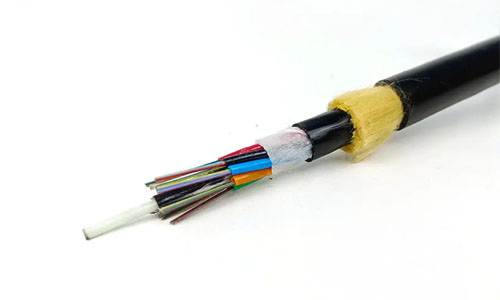 ADSS Fiber Optic Cable
ADSS Fiber Optic Cable ASU Fiber Optic Cable
ASU Fiber Optic Cable OPGW Fiber Optic Cable
OPGW Fiber Optic Cable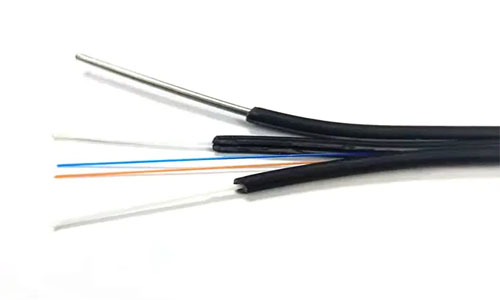 FTTH Fiber Optic Cable
FTTH Fiber Optic Cable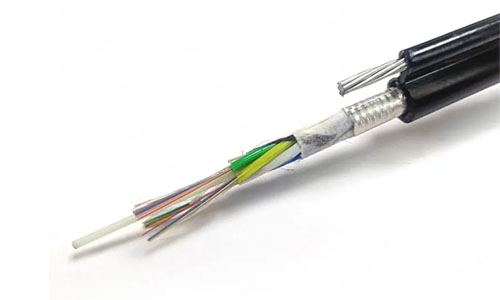 Figure 8 Fiber Optic Cable
Figure 8 Fiber Optic Cable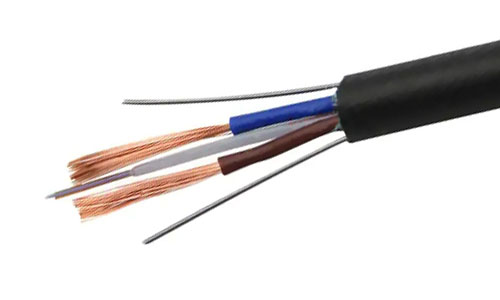 Photoelectric Composite Fiber Optic Cable
Photoelectric Composite Fiber Optic Cable Underground & Pipeline Fiber Optic Cable
Underground & Pipeline Fiber Optic Cable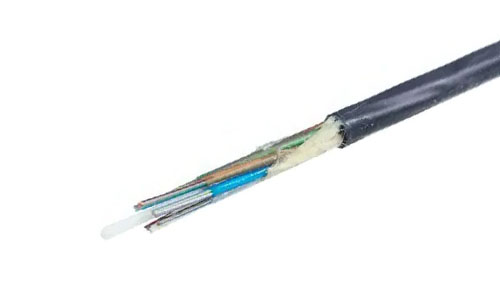 Air-Blown Micro Fiber Optic Cable
Air-Blown Micro Fiber Optic Cable Indoor Fiber Optic Cable
Indoor Fiber Optic Cable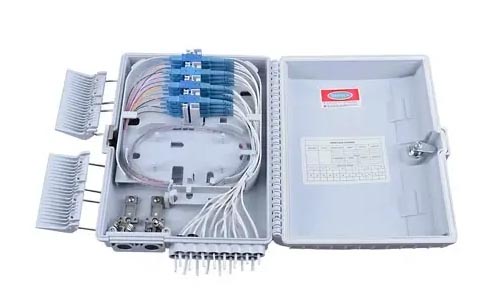 Fiber Optic Distribution Box
Fiber Optic Distribution Box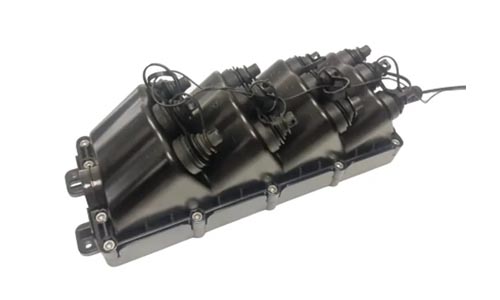 Multiport Service Termina Box
Multiport Service Termina Box Fiber Optical Terminal Box
Fiber Optical Terminal Box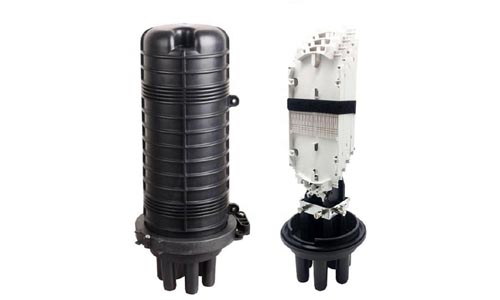 Fiber Optic Splice Closure
Fiber Optic Splice Closure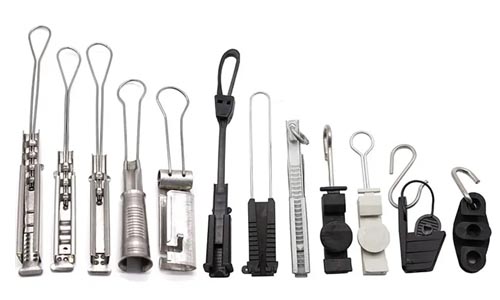 Fiber Optic Clamps
Fiber Optic Clamps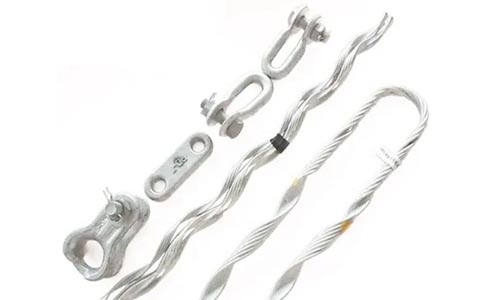 Fiber Optic Cable Fittings
Fiber Optic Cable Fittings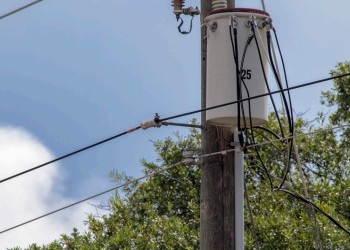 ADSS Fiber Cable
ADSS Fiber Cable ASU Fiber Cable
ASU Fiber Cable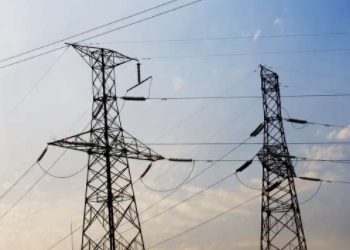 OPGW Fiber Cable
OPGW Fiber Cable FTTH Fiber Cable
FTTH Fiber Cable Figure 8 Fiber Cable
Figure 8 Fiber Cable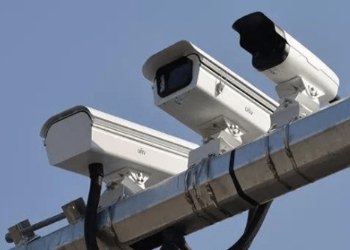 Photoelectric Composite Fiber Cable
Photoelectric Composite Fiber Cable Underground & Pipeline Fiber Cable
Underground & Pipeline Fiber Cable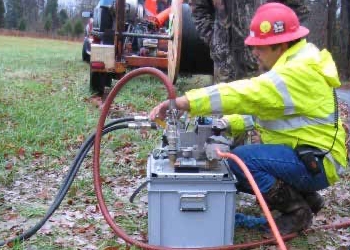 Air-Blown Micro Fiber Cable
Air-Blown Micro Fiber Cable Aerial Fiber Cable
Aerial Fiber Cable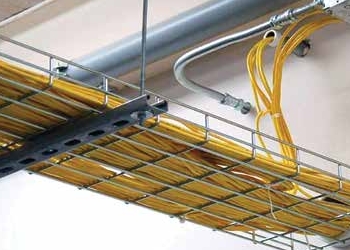 Indoor Fiber Cable
Indoor Fiber Cable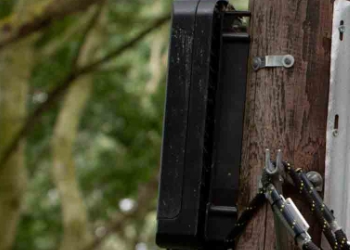 Fiber Optical Terminal Box
Fiber Optical Terminal Box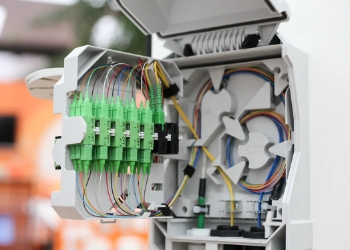 Fiber Optic Distribution Box
Fiber Optic Distribution Box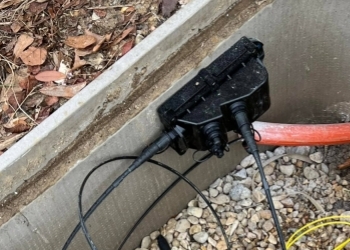 Multiport Service Termina Box
Multiport Service Termina Box Fiber Optic Clamps
Fiber Optic Clamps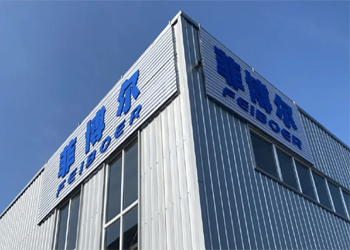 About Us
About Us Our Team
Our Team History
History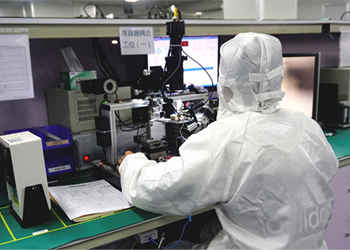 R&D Strength
R&D Strength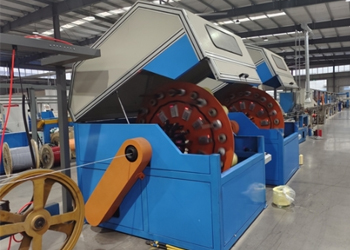 Production Base
Production Base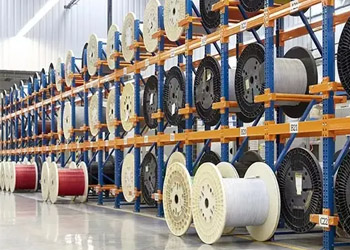 Warehouse & Logistics
Warehouse & Logistics Quality
Quality FAQs
FAQs